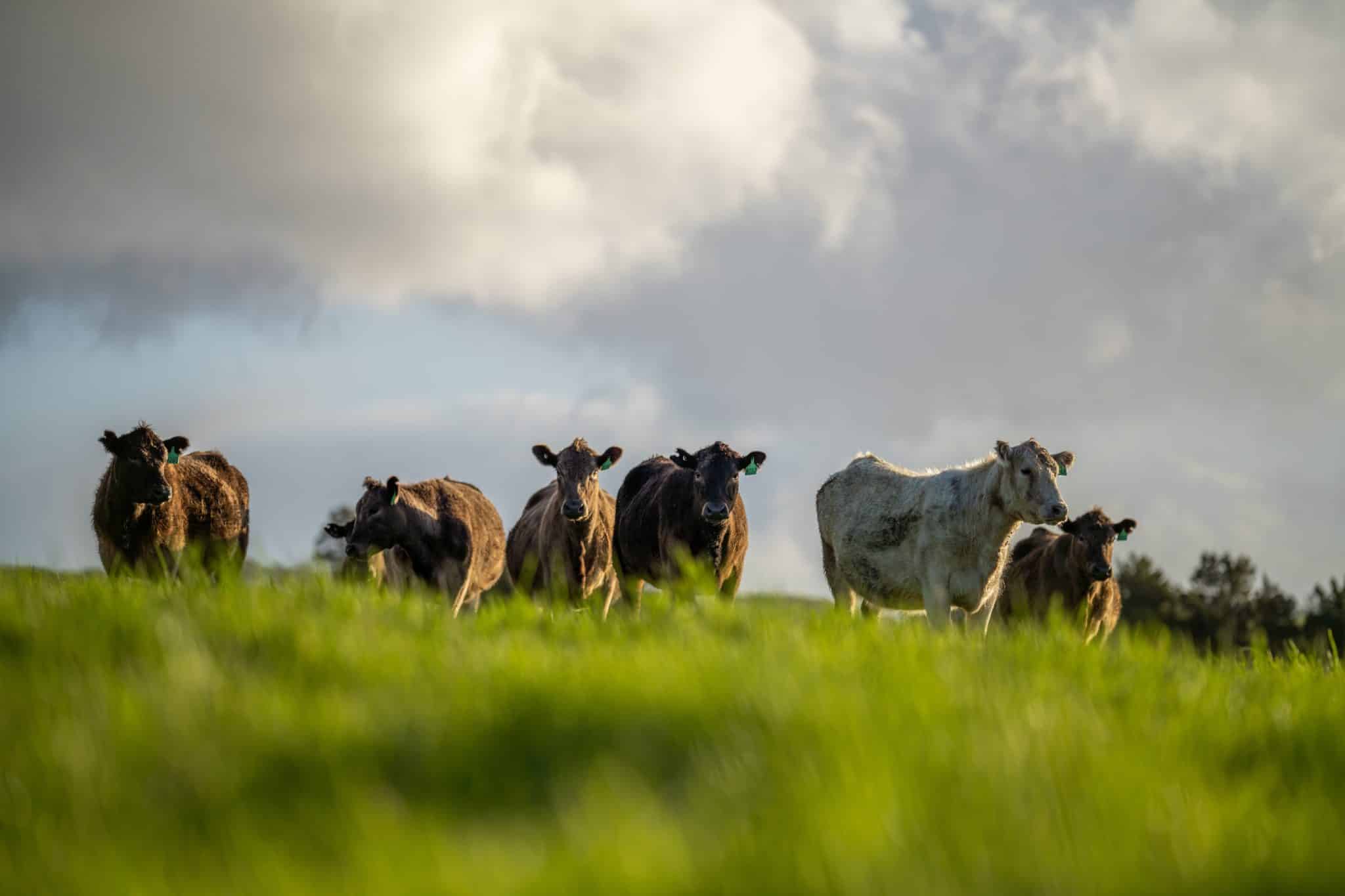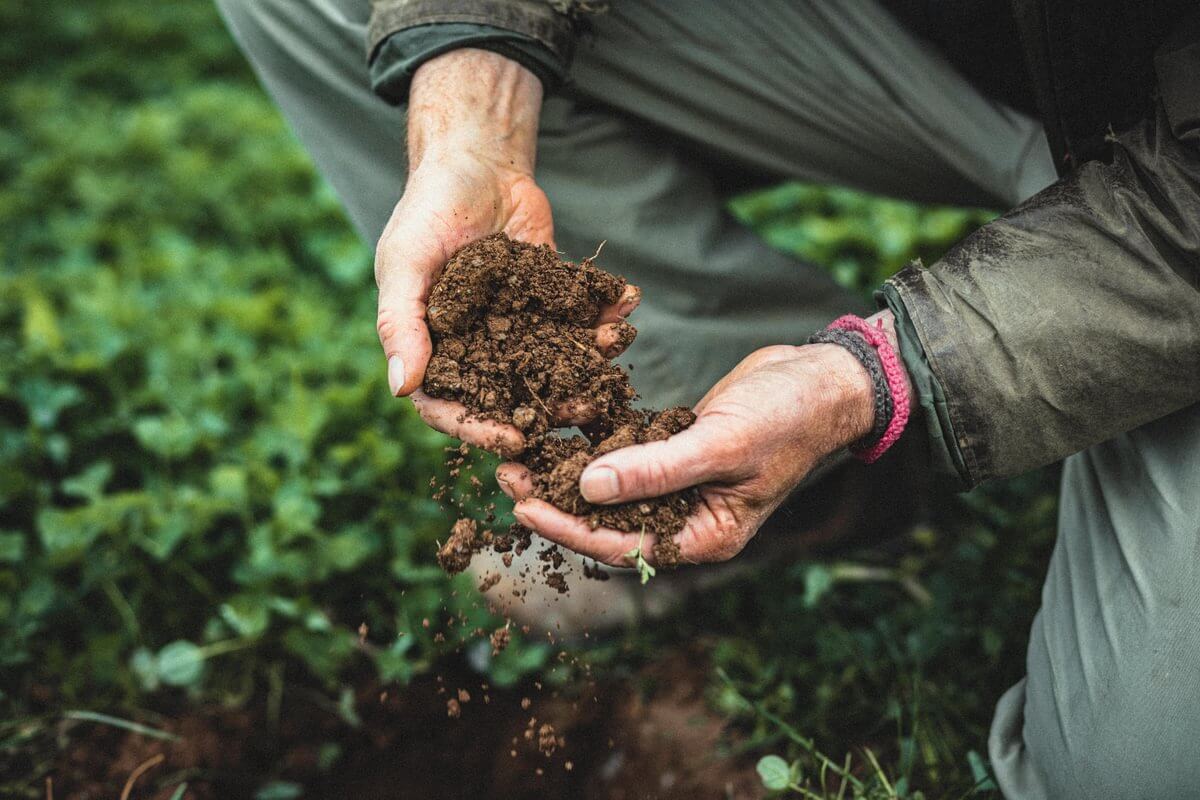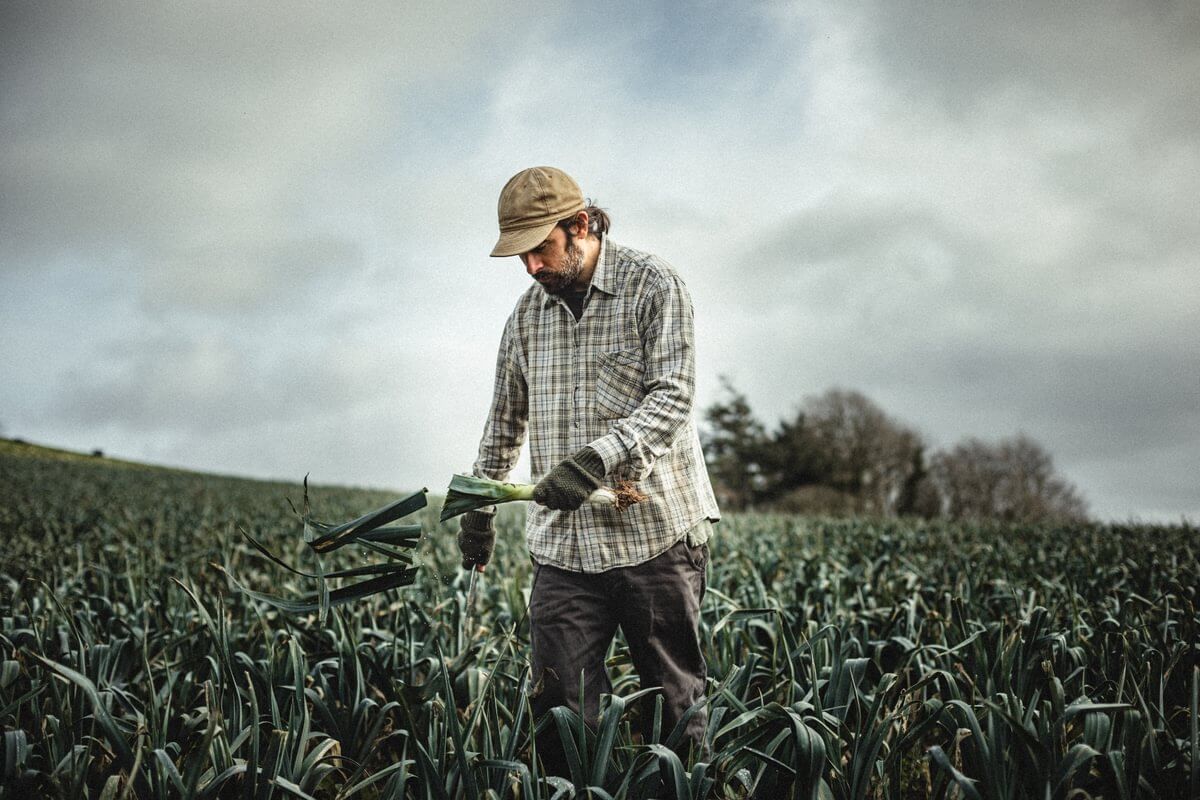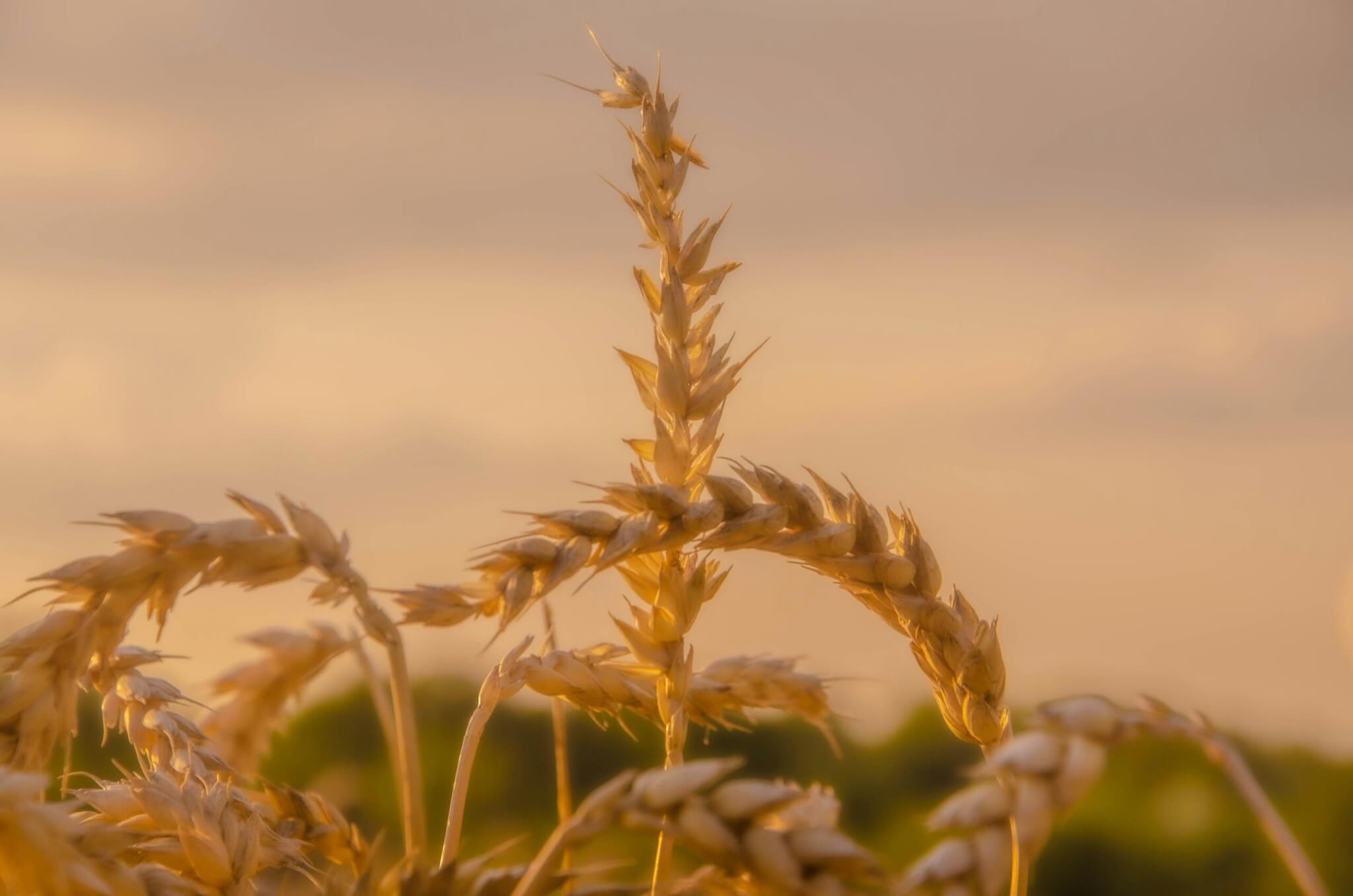It’s tempting; getting cash to store carbon on your farm, and there’s plenty of talk about it as the planet gears up to reduce carbon emissions. You’ve probably seen an ‘offset’ button when you book a flight or buy from a company that is balancing their emissions; a way to create ‘net zero’ for your travel, appliances, or clothes, by getting farmers to plant more trees.
Yes, you can store carbon in plants, but there’s at least four times more carbon in soil than in all the plants and animals on Earth put together. So while planting a tree to sell carbon credits has been one way to offset greenhouse gas emissions, now, with soil science playing catch-up, soil itself is in the spotlight. In Australia, you can actually get paid by the government to store carbon in soil and a cattle grazier has done just that, not by planting trees, but by feeding soil using multi species crops then putting cows out to pasture.
By some estimates, about a quarter of all the increased carbon in the atmosphere since the industrial revolution has been released from soil, as we’ve cleared land, and ploughed it. And that carbon, at least in theory, can be put back. Soil can store so much carbon that an increase of only 0.4 per cent a year on all human managed lands (farms, parks etc) would offset all our fossil fuel emissions for that year. Hitting that 0.4 per cent, however, often involves fundamental changes in soil stewardship and is particularly difficult on cropping land compared to grasslands.
Even then, it’s not simple. Carbon is constantly in flux, moving from plants to soil to air to plants to animals to the ocean to soil etc. And it’s hard to guarantee that soil carbon won’t be released in the short to medium term, because it can be so labile.
It’s tempting; getting cash to store carbon on your farm, and there’s plenty of talk about it as the planet gears up to reduce carbon emissions.
By definition, growing food will always release carbon, as the billions of living things in a teaspoon of healthy soil respire and expire, doing their job; feeding plants and giving them vigour. It’s how much we can store compared to how much we emit that ultimately matters.
One limitation with a carbon price is that you can only sell that carbon credit once. There’s only one payday, unless you can increase soil carbon again, which is easier said than done. And as with all these things, economies of scale count. There are also concerns that most of the money goes to those that test the soil, audit the results and negotiate the deals.
Farmers make some coin, but according to University of Western Australia professor for Agricultural & Resource Economics, David Pannell, it would come to a paltry $9 a hectare in the state’s wheat growing regions. After costs, the price of participating (in a scheme that could limit the farmer’s ability to change the use of their fields) could even leave the farmer worse off. Perhaps, as the price of carbon rises, the sums may add up.
Of course, payment for carbon storage is only part of the picture. Carbon is actually a miracle ingredient in soil. We all know that it’s not a great thing to put more carbon in the air and more carbon dioxide in the ocean will acidify it dangerously. But carbon in soil is pretty much always a positive.
Organic matter, made of carbon molecules, is a major food source for a bountiful underground ecosystem. Soil structure, its ability to hold water better and breathe (the top 20cm of healthy soil exchanges all its gases every hour), depends on bacteria and fungi actually using a carbon based glue to loosely bind rock particles together.
Using soil, one of the original sequestering technologies, for carbon credits is a quandary. Yes, farmers should be paid for helping restore the planet to balance and for providing ecosystem services. But should they be letting fossil fuel emitters such as airlines off the hook, allowing the polluters to keep polluting, even if there are co-benefits to soil health?
The answer comes down to the inevitable tug of war between economics and ethics, which is often the case with how your food is grown.
Soil: The incredible story of what keeps the earth, and us, healthy, by Matthew Evans (£14.99, Murdoch Books) is out now.
















0 Comments